
Performance Analysis
Our concerns about the rear fan acting as an exhaust proved to be well founded at least as far as CPU temperatures go. With the PSU and rear fan pulling air in opposite directions away from the CPU cooler, the case is actually working against the CPU cooler rather than with it. As a result, the recorded delta T value is more than 20°C warmer than we saw with the test system on an open bench. Meanwhile, reversing the case and CPU cooler fans so that they flow in the same direction as the PSU one sees a difference of just 2°C compared to the open test bench result.The GPU results paint a more interesting picture. We locked our GTX 1080 Mini to its lowest possible fan speed to really put the airflow of the case to the test. With the case fan in its default position, things do get warm, but the delta T result of 57°C isn't that bad compared to the open-air one of 43°C, especially as the GPU is only drawing air in through a single 120mm fan mount. Switching the case fan's orientation, however, actually sees the delta T hit 72°C, a whopping 29°C more than the open result. We actually saw something similar with the Raijintek Styx chassis, which has a similar design but in micro-ATX format. What seems likely is that reversing the fan removes the negative pressure effect that's otherwise created by having two fans drawing air out of the case, which in turn pulls air in through ventilation points like the roof. Without the negative pressure, the GPU is relying almost entirely on its own fans.
In a normal system where the GPU fan is not manually limited like in ours, the result would most likely be an increase in noise rather than temperature, although this is of course still undesirable. Given that one fan orientation positively affects the CPU but negatively affects the GPU and vice versa for the reversed mounting, neither situation is ideal. We think the best solution would be to reverse the case fan and install a slow spinning 120mm intake fan in the roof as a low noise means of making up for the lack of negative pressure.
What does seem clear from this testing is that Raijintek appears to have paid less attention than it could have to airflow, despite the new inclusion of a rooftop fan mount. It's true that most systems installed in the Metis Plus will be considerably less powerful than ours, but it would still have been nice to see a design that truly accommodates high-end setups by default.
Conclusion
The Metis Plus is certainly an improvement over the original case; the roof ventilation was definitely the biggest thing that was missing. However, we can't help but feel that it's a little lazy on Raijintek's part not to have used this opportunity to attempt some improvements elsewhere – as far as we can see, that's the only real change. You still have to remove the case feet to install a PSU, cable routing is still a real faff, there's still no SFX PSU support out of the box, and the cooling still doesn't serve both the CPU and GPU equally well.We're left in a tricky position now, because despite the case's shortcomings the price is still rather favourable given the quality aluminium exterior, and we're still somewhat enamoured by it. This might just be a reflection of the fact that there are so few “real” small form factor cases that are also able to hit mainstream prices, but the point stands nonetheless. There's still room for improvement here, but as long as you're happy to make accommodations for this case in your choice of hardware (an SFX PSU and bracket with a short cable set spring to mind, as does ensuring you utilise M.2 ports as much as possible), we're confident you could build a pretty awesome rig into the Metis Plus – it certainly serves as a good advert for the Zotac GTX 1080 Mini, albeit inadvertently. In short: If you're willing to work with it, there's much fun to be had here, but we won't be so forgiving of the next iteration.


MSI MPG Velox 100R Chassis Review
October 14 2021 | 15:04

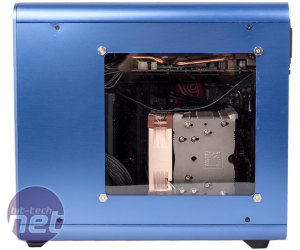
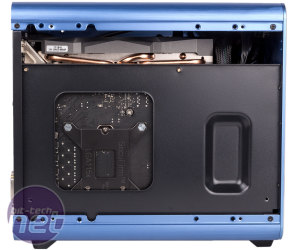
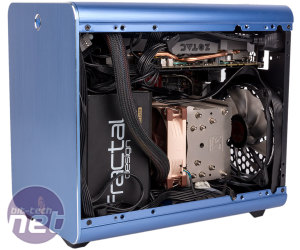

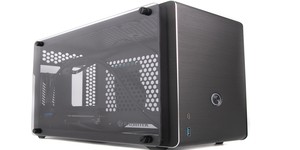
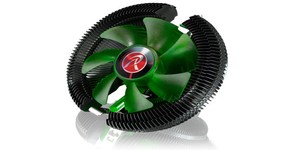





Want to comment? Please log in.